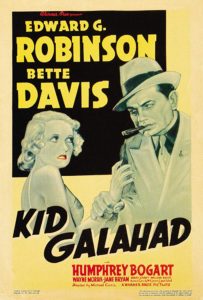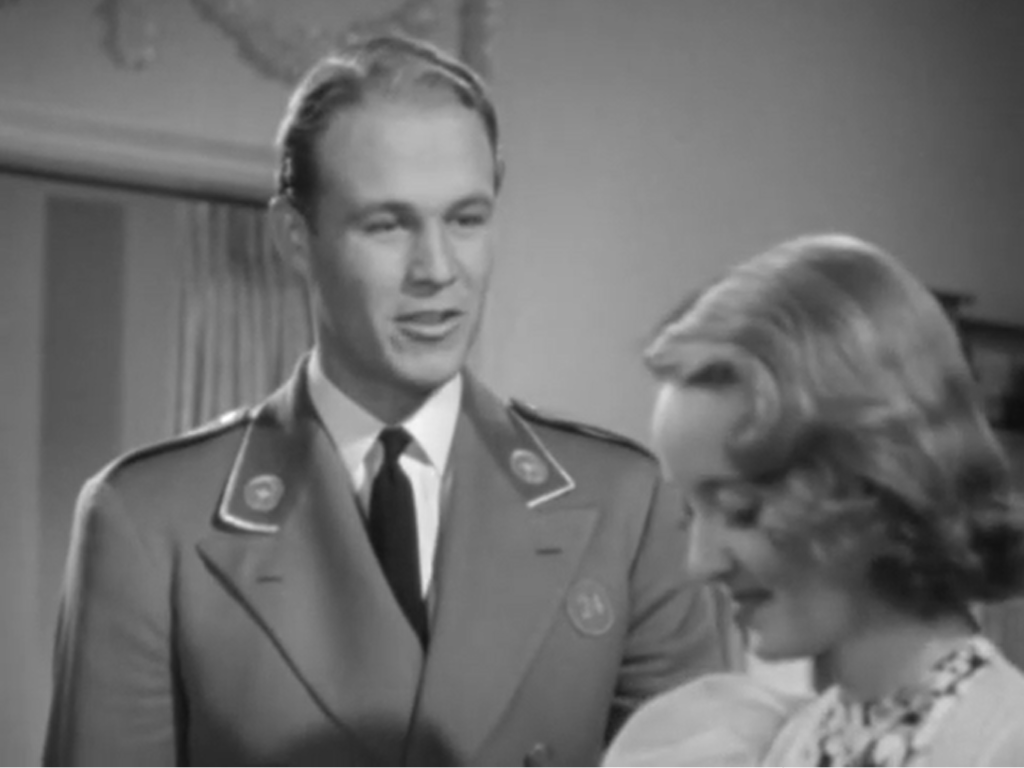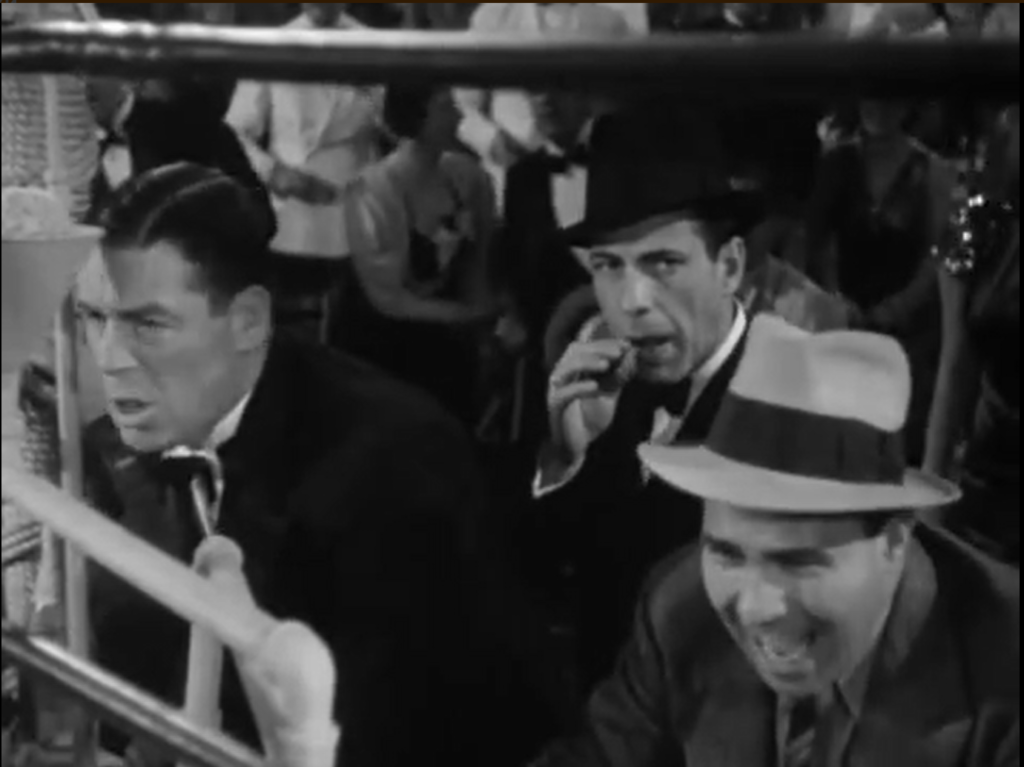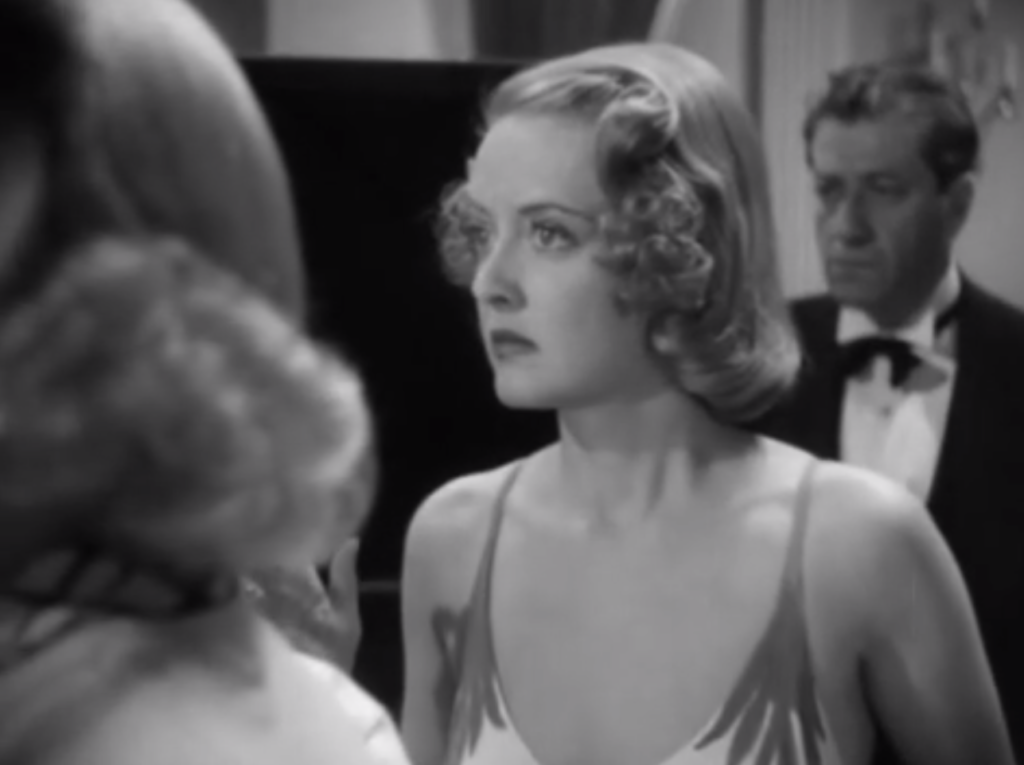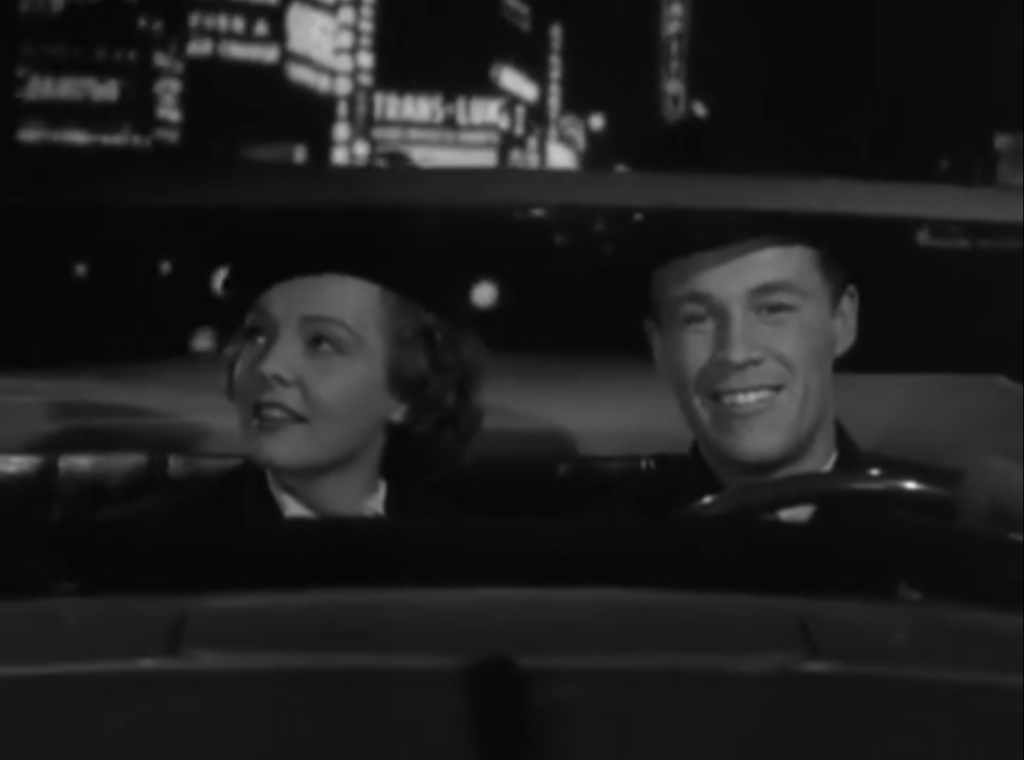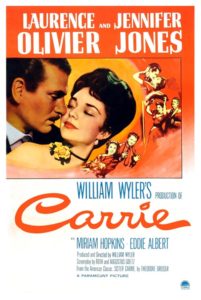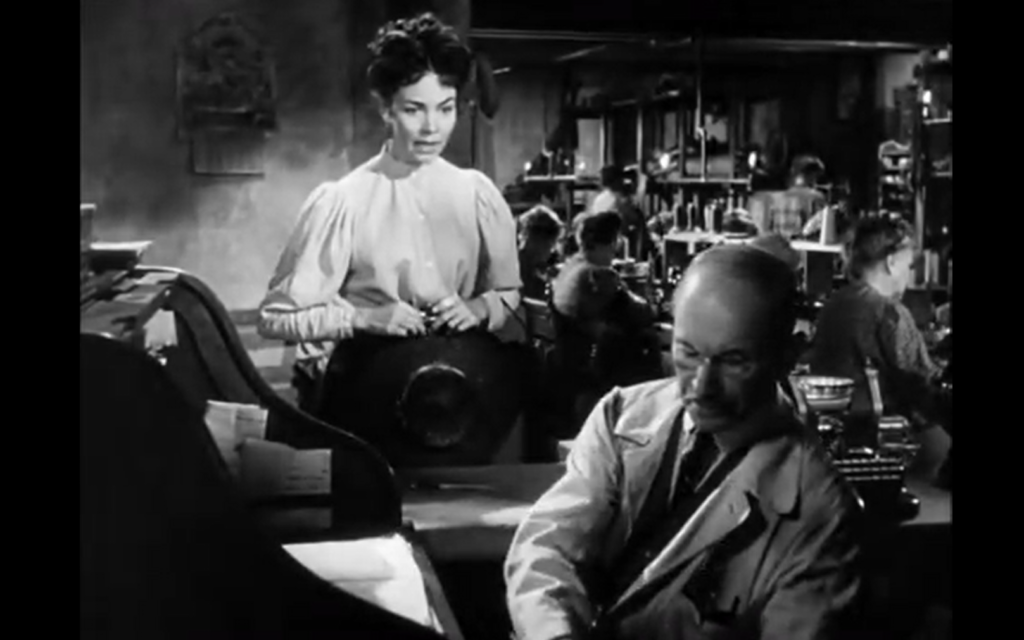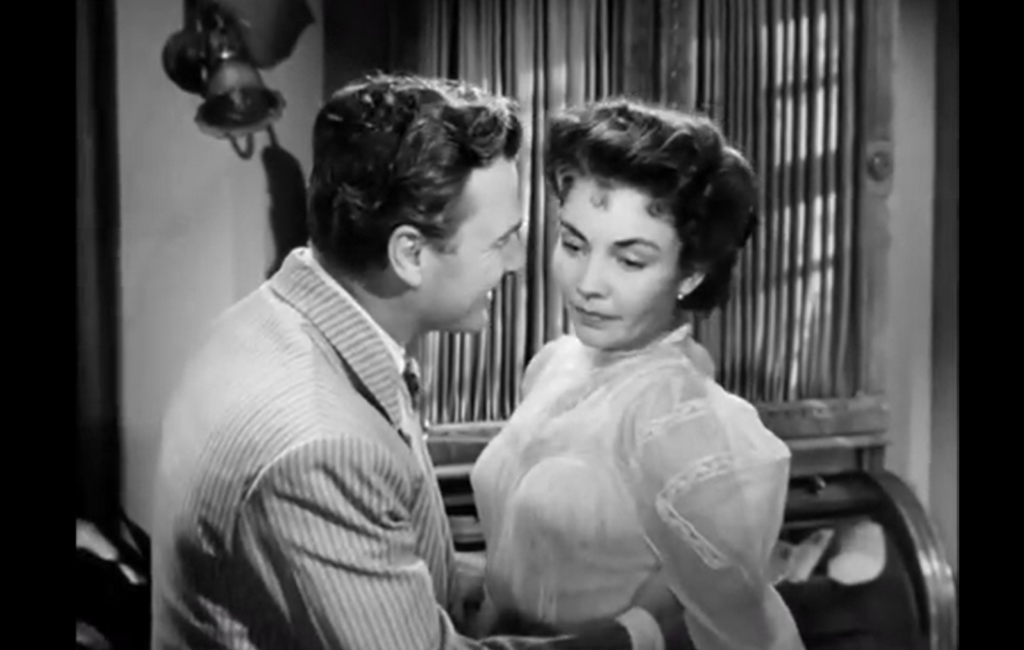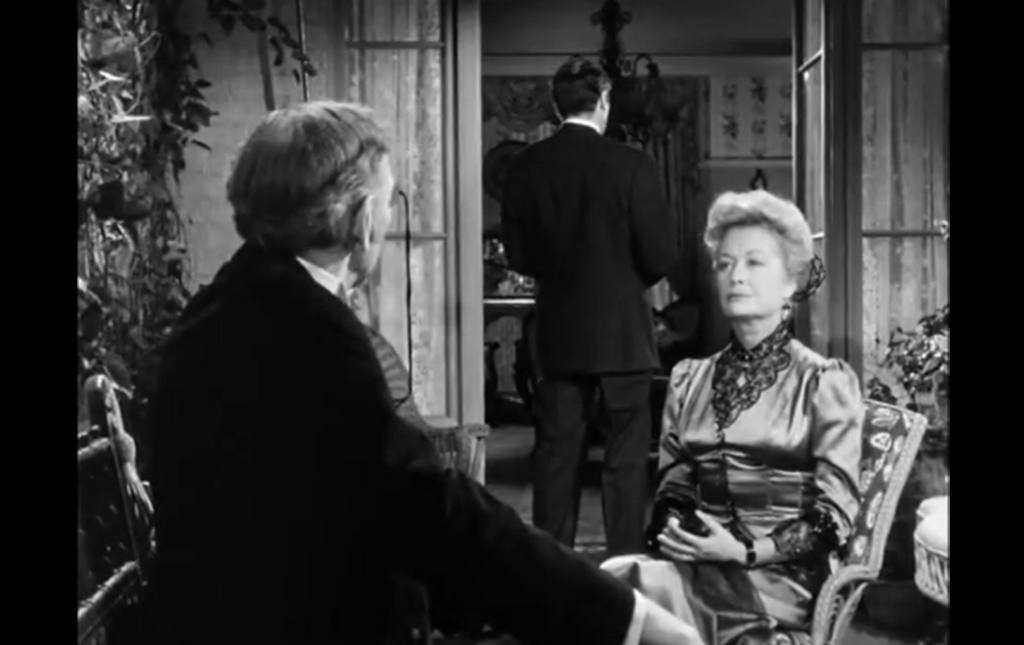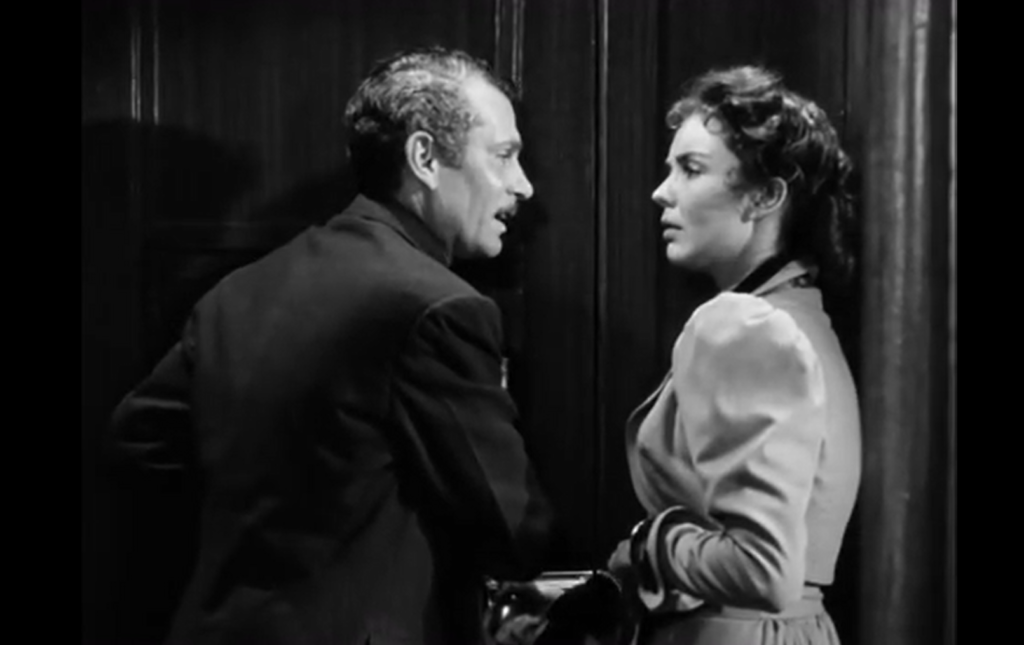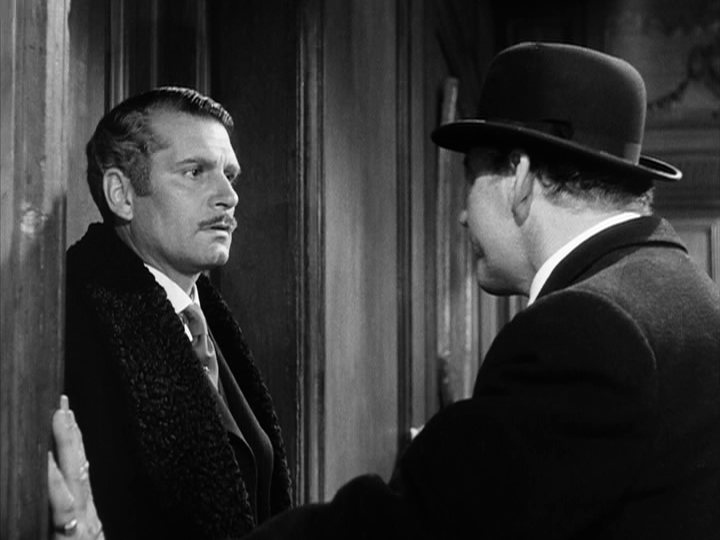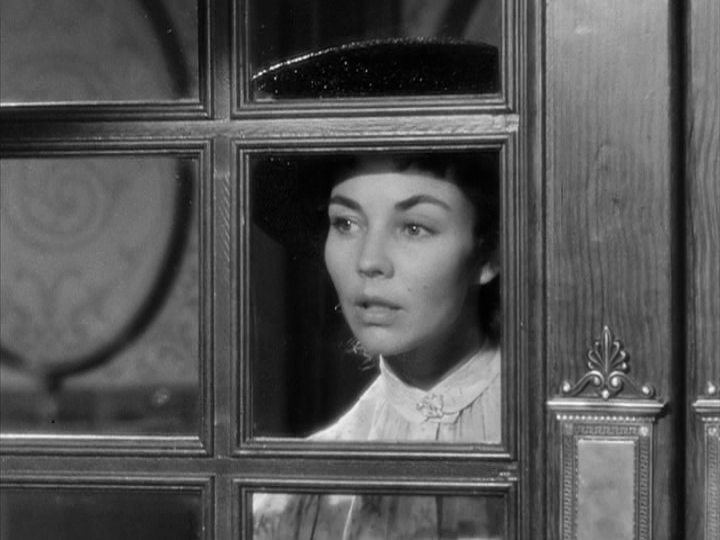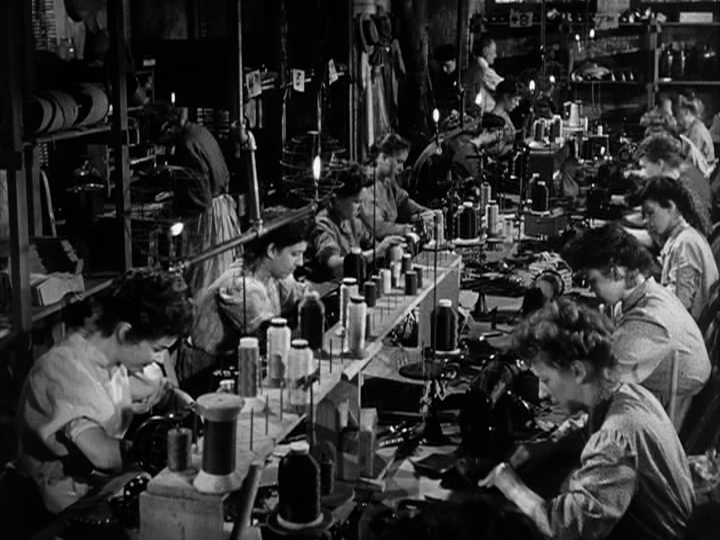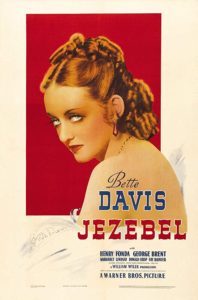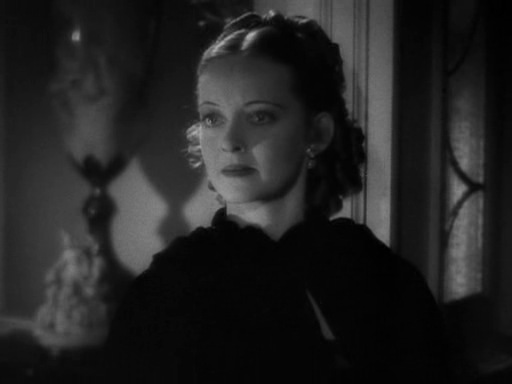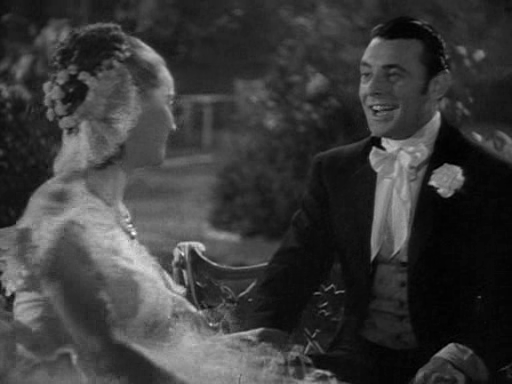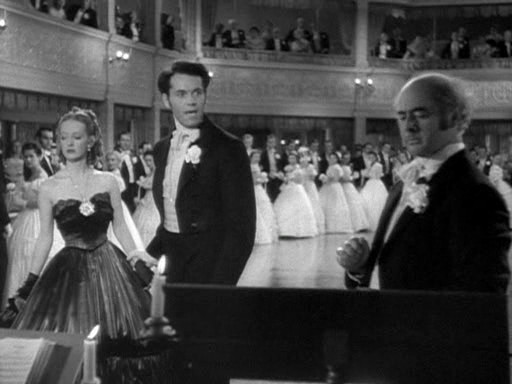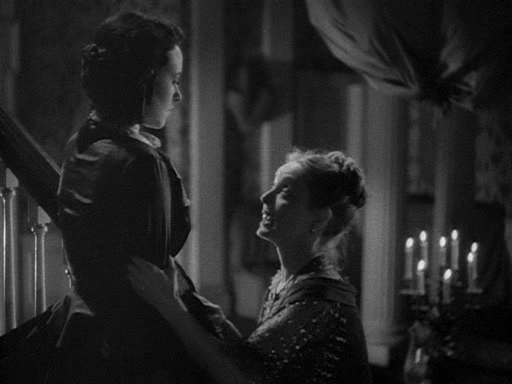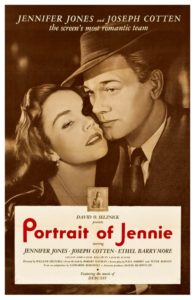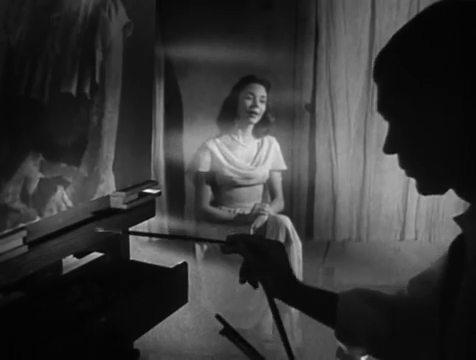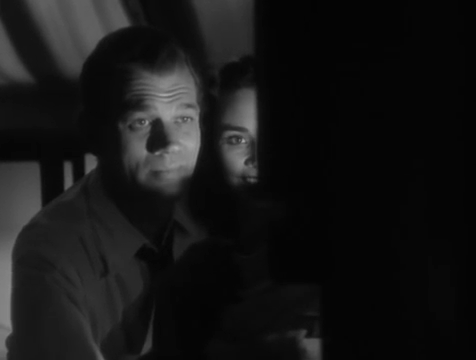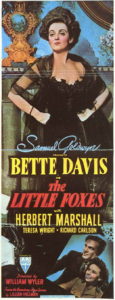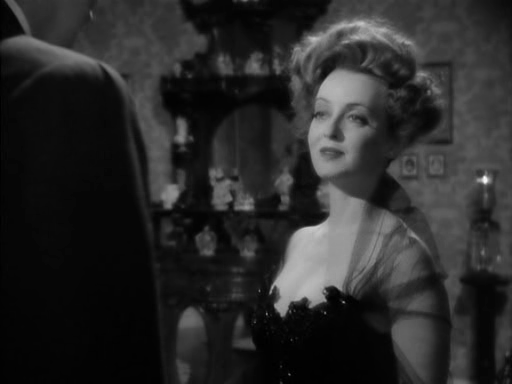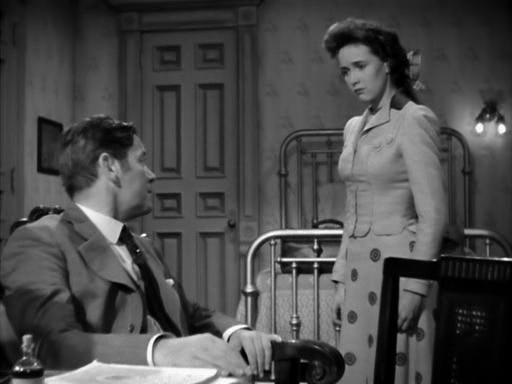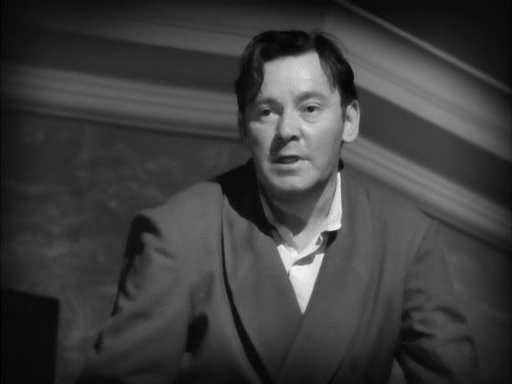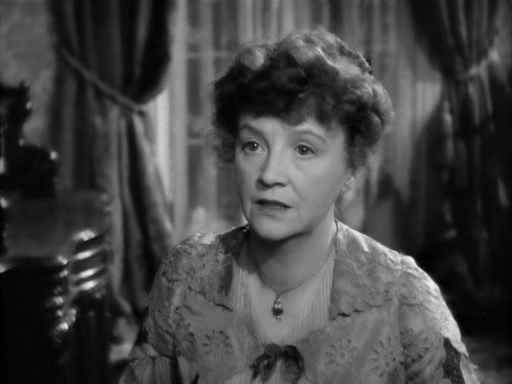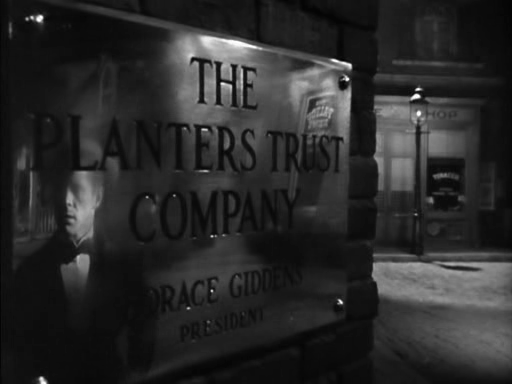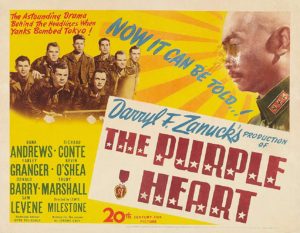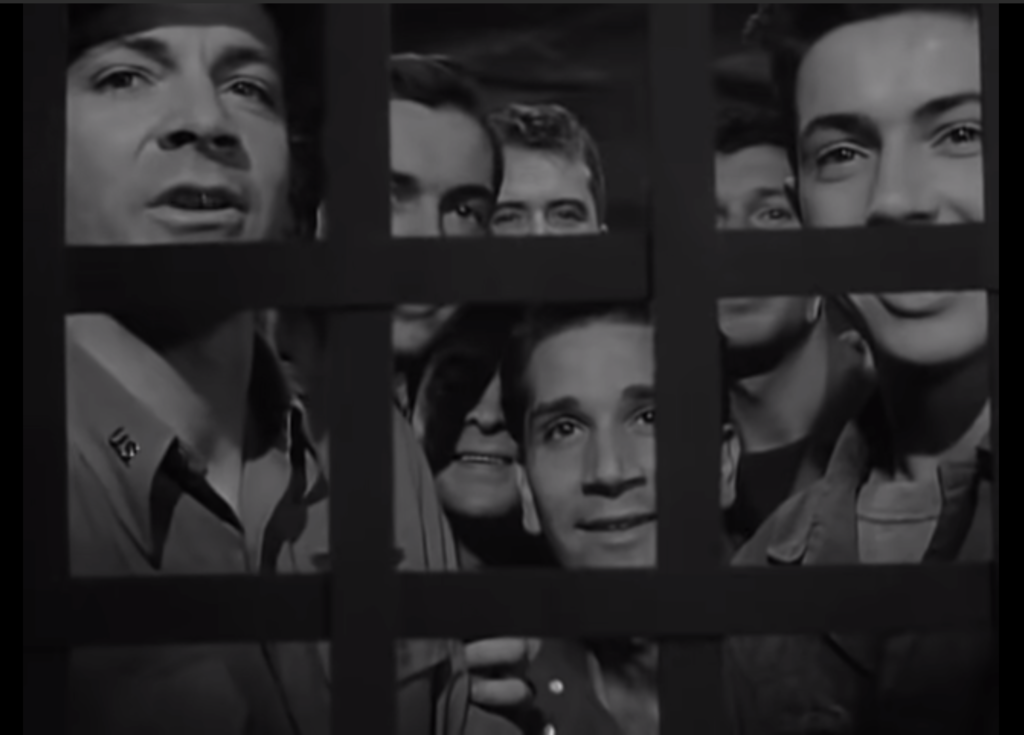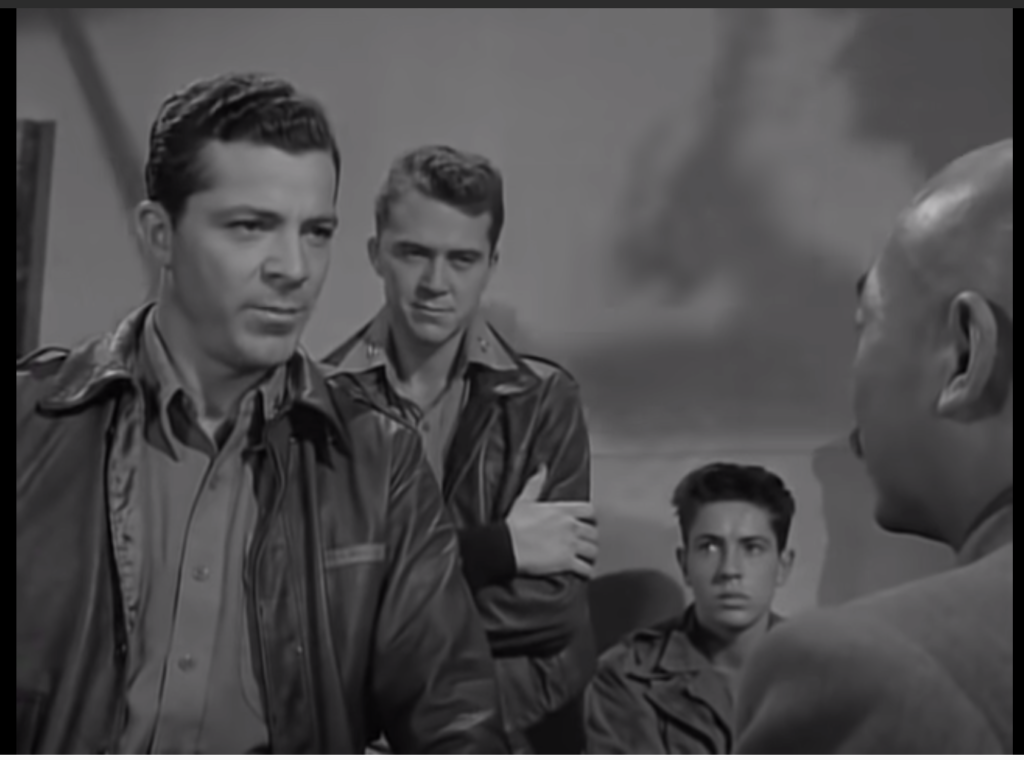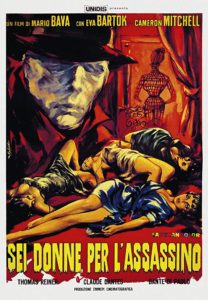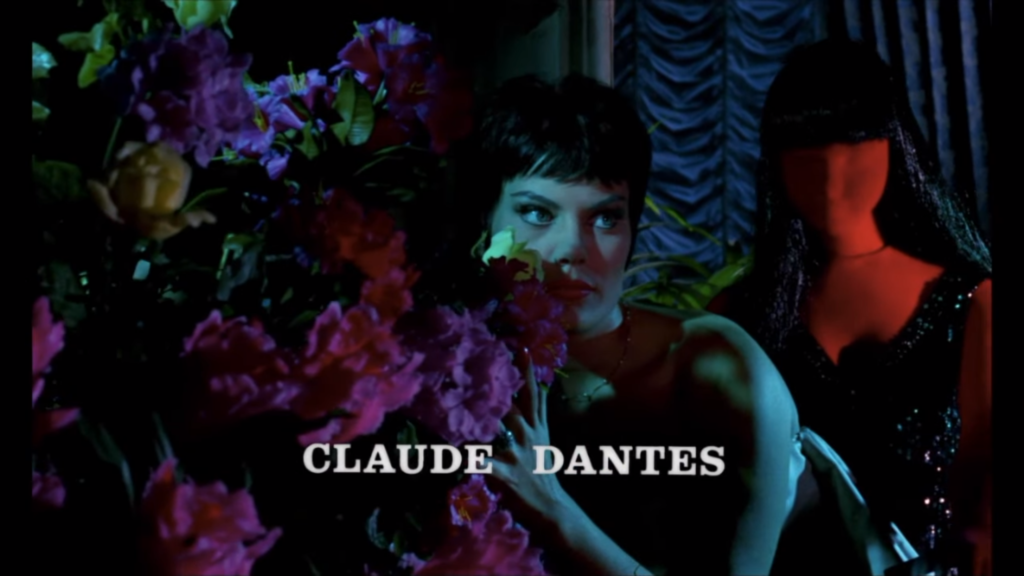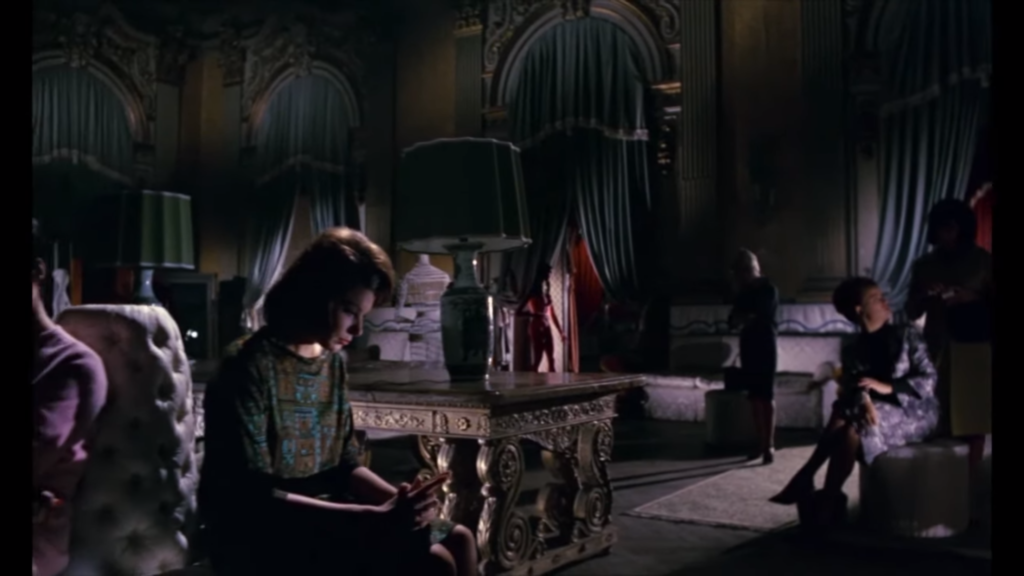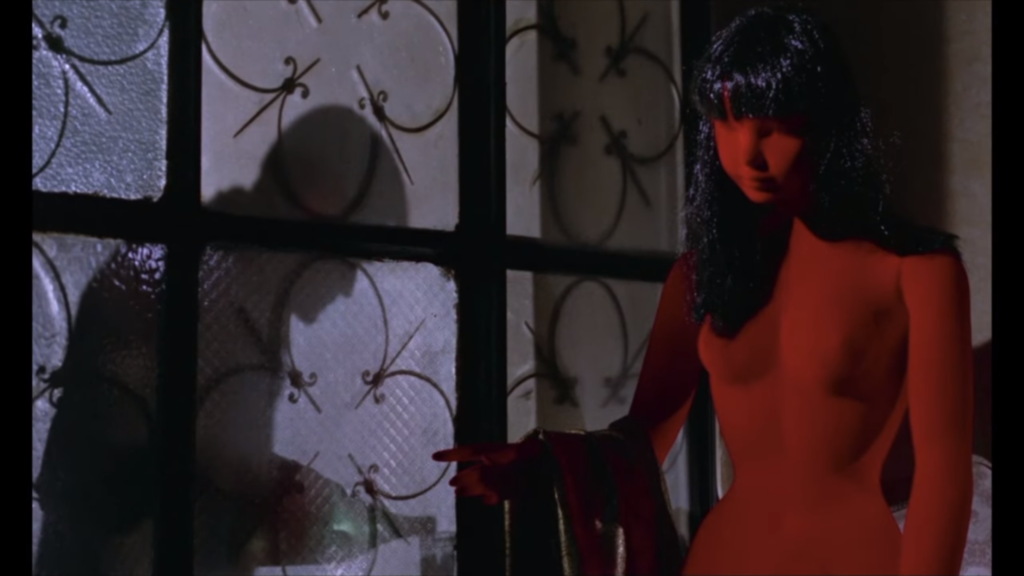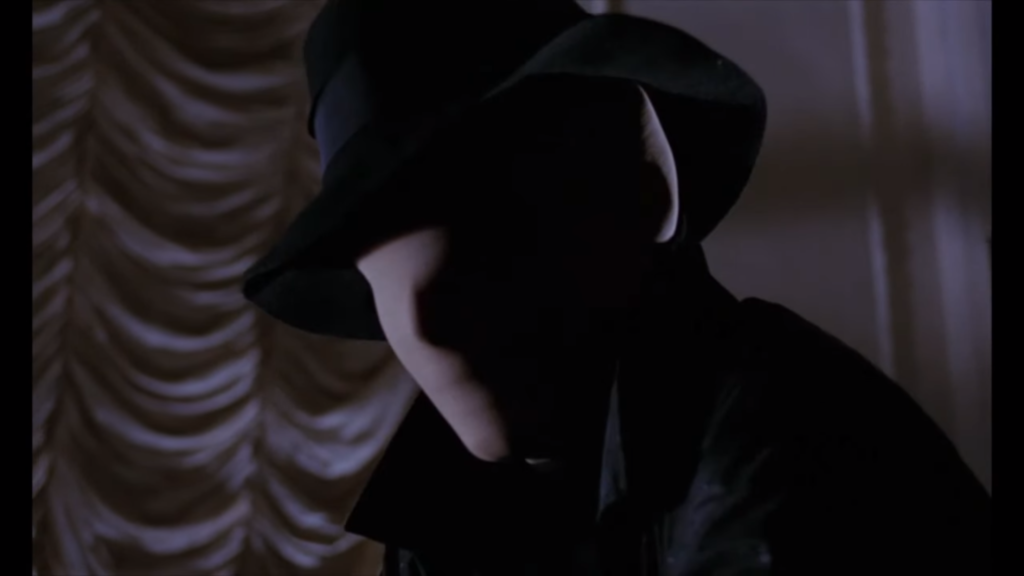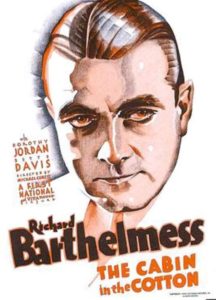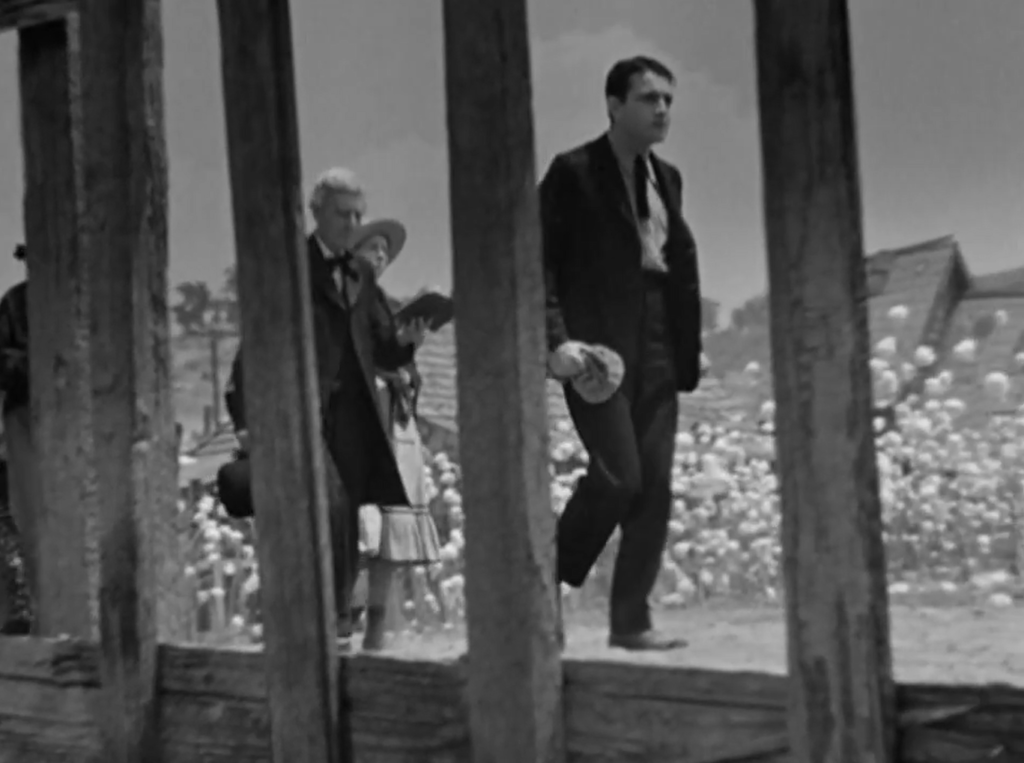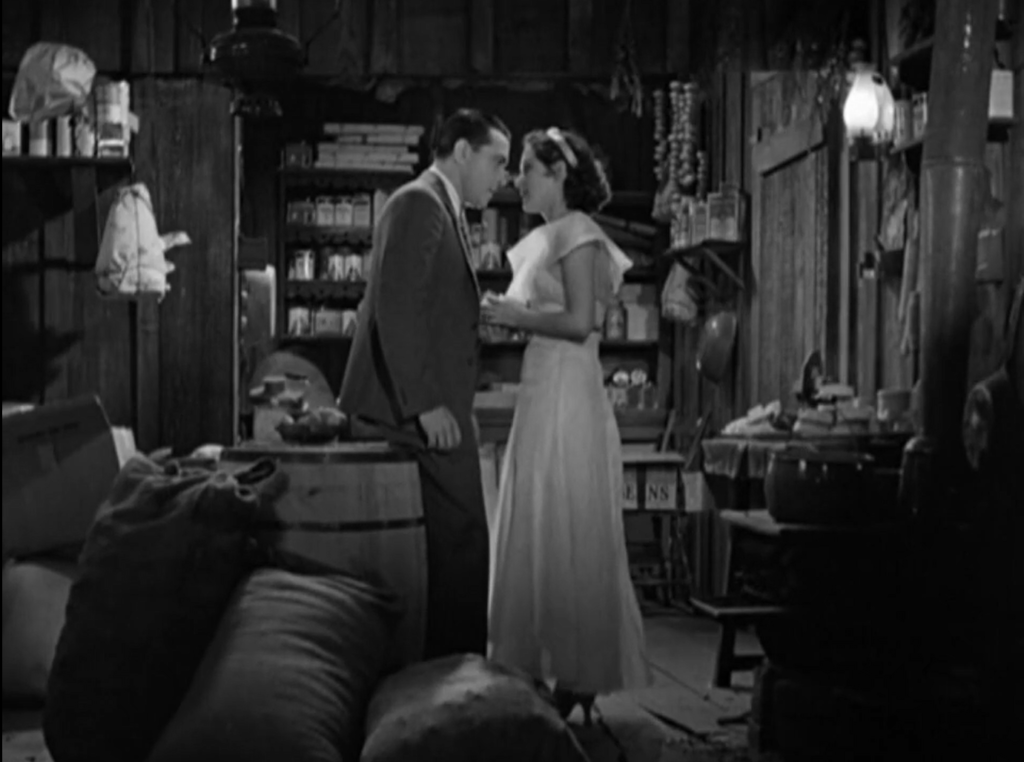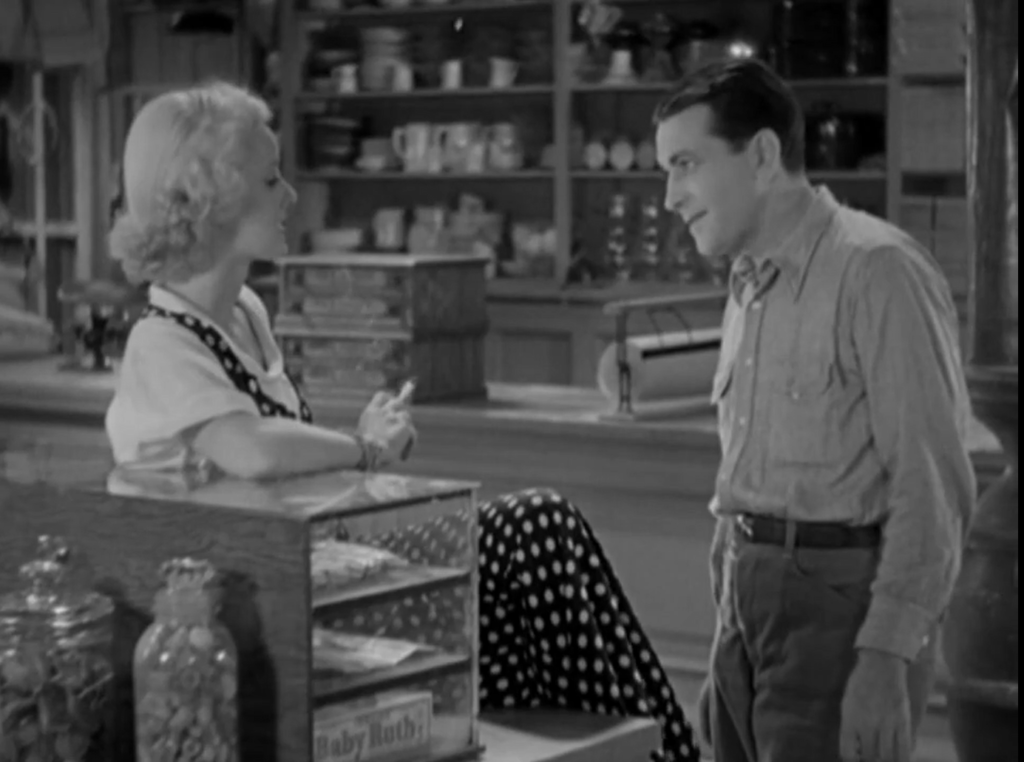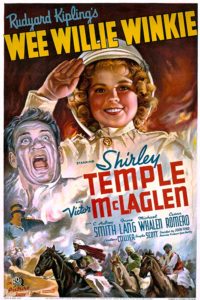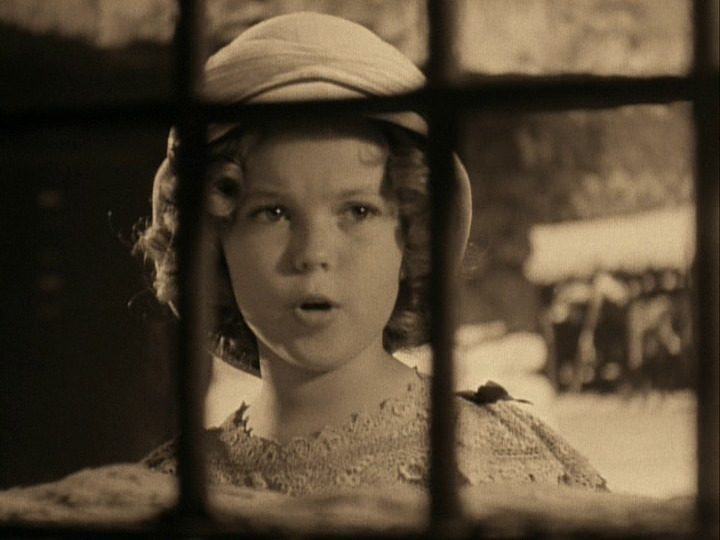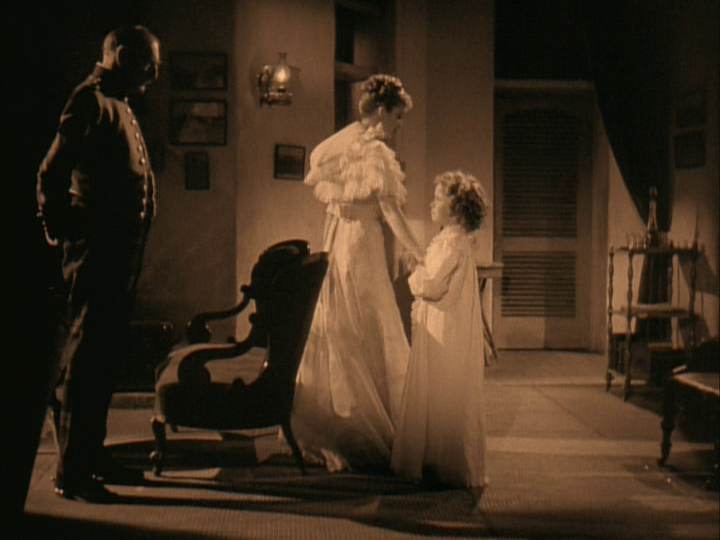|
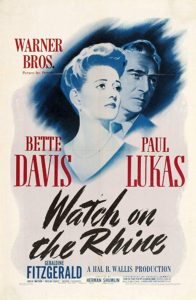
Synopsis:
During World War II, a German-born engineer and resistance fighter (Paul Lukas) travels to America with his wife (Bette Davis) and three kids (Donald Buka, Janis Wilson, and Eric Roberts) to live in the home of his widowed mother-in-law (Lucile Watson) and brother-in-law (Donald Woods), where a house-guest (Geraldine Fitzgerald) and her shifty, suspicious husband (George Coulouris) are also staying.
|
|
Genres, Themes, Actors, and Directors:
- Bette Davis Films
- Beulah Bondi Films
- Geraldine Fitzgerald Films
- Nazis
- Paul Lukas Films
- Play Adaptation
- Resistance Fighters
- World War Two
Response to Peary’s Review:
Peary writes that Dashiell Hammett’s adaptation of “Lillian Hellman’s 1941 anti-fascist play… probably wasn’t as stagy in the theater”. He points out that “characters gather in a room and, instead of engaging in believable discussion, take turns giving high-minded speeches that express their views of the global situation — and explain how they fit in”; he notes that “even the children — the type you’d consider returning to the orphanage [!] — seem to be indoctrinated rather than speaking from the heart.” He adds that “even with all the problems, however, the picture remains unique in that its major character, a sympathetic character, is a professional resistance fighter… and he is allowed to shoot and kill an unarmed fascist without being arrested or killed himself.”
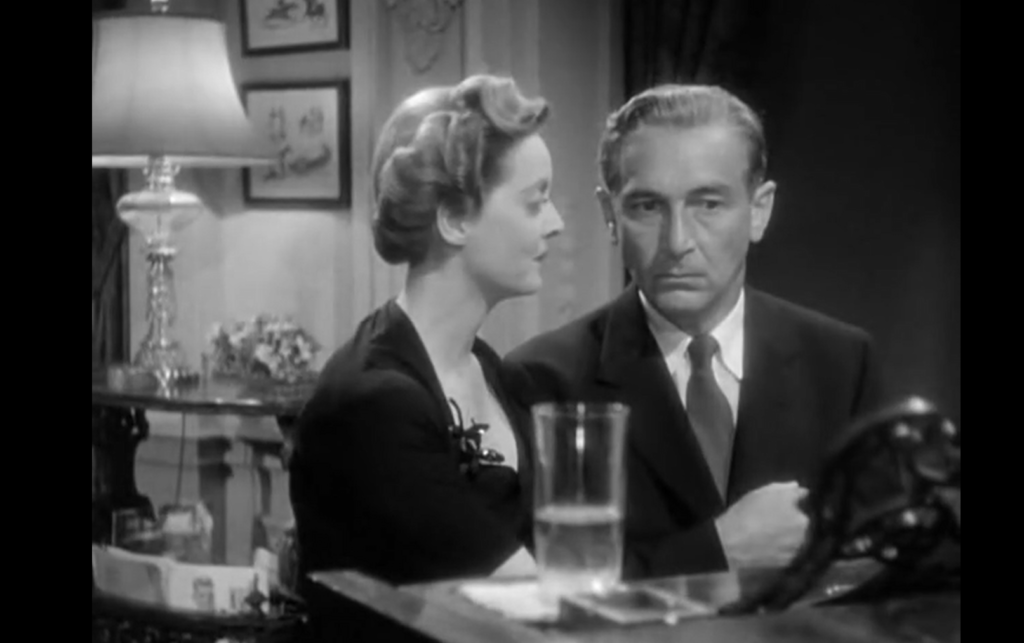
In Alternate Oscars, Peary gives the Best Actor award to Humphrey Bogart as Rick in Casablanca rather than Lukas in this film, noting that the “Hungarian Lukas was much better playing foreign villains in The Lady Vanishes and Confessions of a Nazi Spy than he was as leading men”: Peary asserts that Lukas’s performance here “is as shaky as the alcoholic Rick’s hand — at times he sounds like Bela Lugosi.” (Ouch!) Unfortunately, I’m in agreement with most of Peary’s points: this is indeed a stagy, speech-filled film, one which was likely excellent propaganda but hasn’t held up well as a drama (and is terribly acted by the kids).
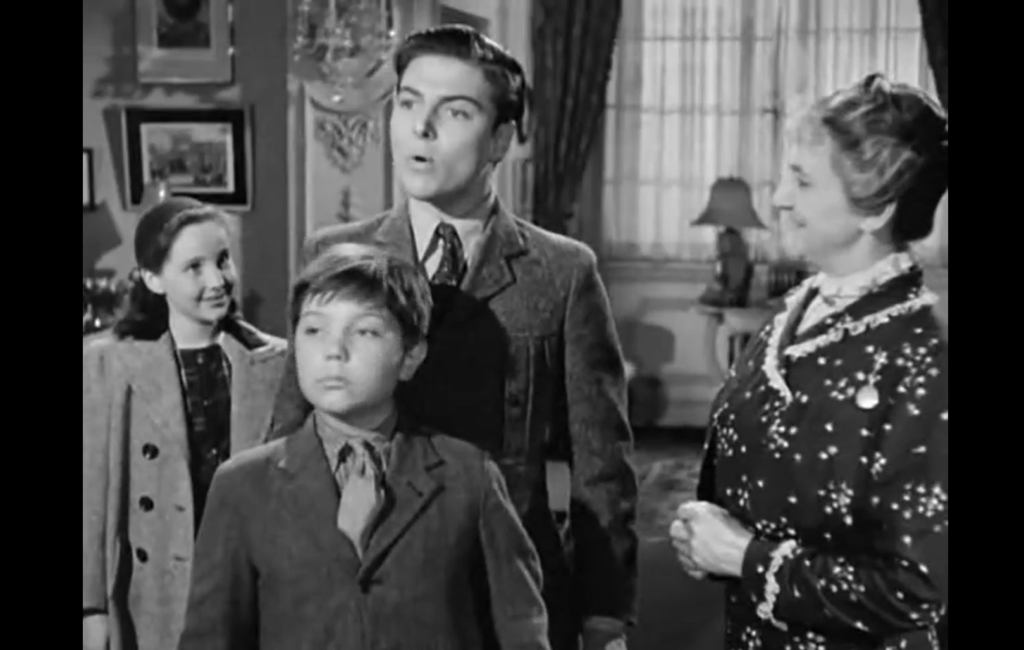
With that said, I don’t find Lukas’s characterization “shaky”, and disagree with Peary’s assertion that Davis gives a “bad performance” — rather, her role is minor, and thus unusual for someone of her stature.
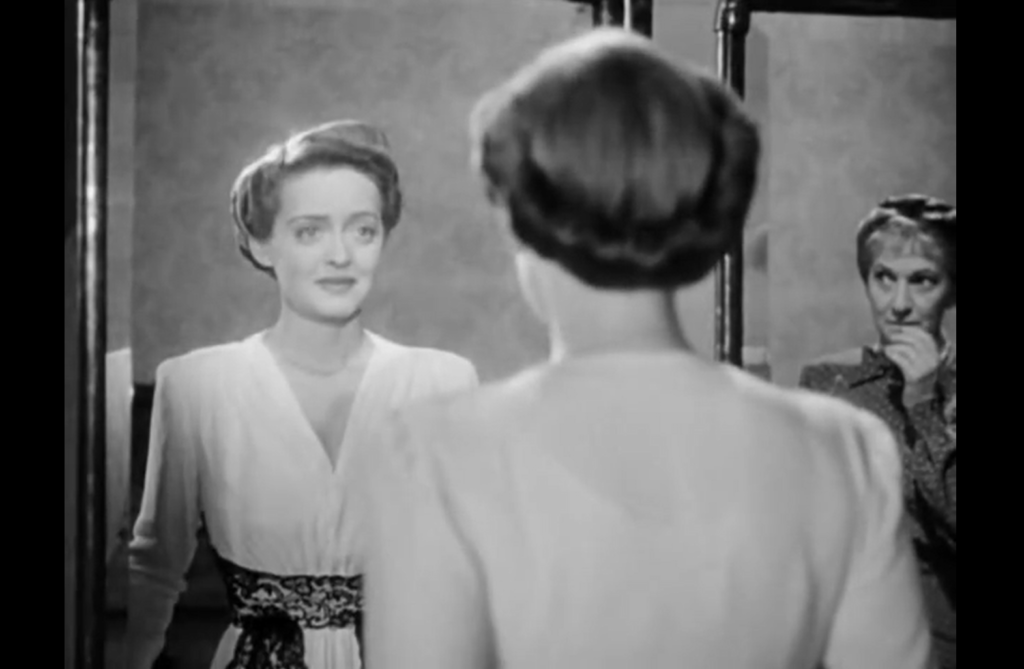
Redeeming Qualities and Moments:
- Paul Lukas as Kurt Muller
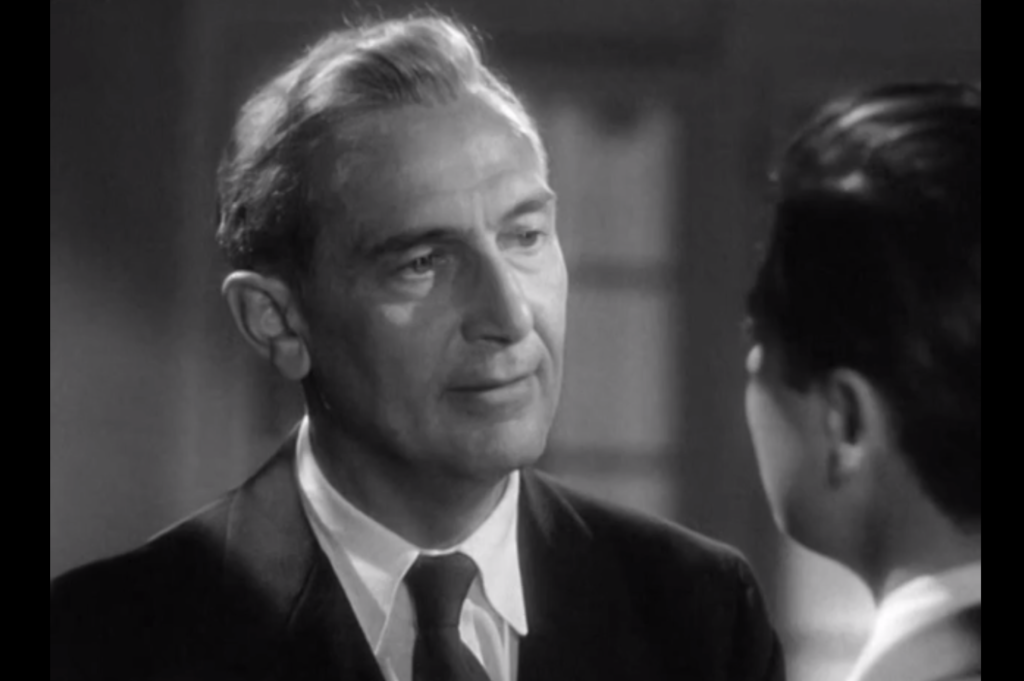
Must See?
No, though it’s worth a one-time look for its historical relevance.
Links:
|
